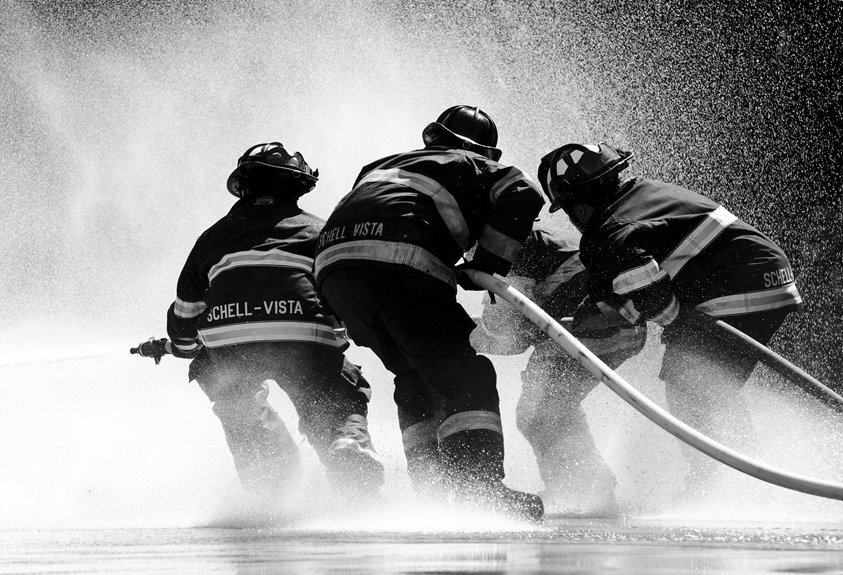The Safety Caller Oversight Program serves as a critical framework for enhancing community risk prevention. It focuses on improving safety communication and compliance with established protocols. By analyzing communication patterns, the program identifies potential risks and fosters collaboration among stakeholders. This structured approach not only promotes accountability but also enhances the overall safety landscape. Understanding its mechanisms and implications could reveal deeper insights into community resilience and preparedness. What factors contribute to its effectiveness?
Understanding the Safety Caller Oversight Program
The Safety Caller Oversight Program is designed to enhance the monitoring and evaluation of safety-related communications within organizations.
This initiative establishes robust oversight mechanisms that ensure compliance with established safety protocols. By systematically analyzing communication patterns, organizations can identify potential risks and reinforce their commitment to safety.
Ultimately, this program fosters a culture of accountability and vigilance, promoting a safer environment for all stakeholders involved.
The Role of Community Involvement in Risk Prevention
How can community involvement significantly impact risk prevention efforts?
Community engagement enhances risk awareness by fostering collaboration among residents, organizations, and local authorities.
This collective effort encourages the sharing of knowledge and resources, leading to more effective strategies for identifying and mitigating risks.
Key Identifiers and Their Significance
Community involvement in risk prevention lays the groundwork for identifying key identifiers that play a significant role in enhancing safety measures.
The importance of these identifiers lies in their ability to inform risk assessment processes, allowing stakeholders to prioritize interventions effectively.
Enhancing Communication and Collaboration Among Stakeholders
Effective communication and collaboration among stakeholders are essential components in enhancing safety measures.
Achieving robust stakeholder engagement requires the establishment of clear channels for effective communication. By fostering an environment where diverse perspectives are valued, stakeholders can collaboratively identify risks and implement strategic solutions.
Enhanced dialogue and partnership not only strengthen safety protocols but also empower communities, ultimately promoting a culture of shared responsibility and proactive risk prevention.
Conclusion
In conclusion, the Safety Caller Oversight Program stands as a beacon of hope in community risk prevention, illuminating pathways to safety through rigorous monitoring and proactive engagement. By fostering collaboration among stakeholders, it transforms communication into a powerful tool against potential threats. The program’s analytical approach not only identifies risks but also cultivates a culture of accountability, ensuring that communities thrive in a fortress of vigilance. Ultimately, this initiative shapes a safer environment, allowing residents to flourish without fear.





